Our second day in Pittsburgh almost never started because we locked ourselves INTO our Airbnb apartment! The West End Village neighborhood where we were staying, formerly called Temperanceville, looked a bit derelict, although the Airbnb was quite nice inside; because of the hardscrabble neighborhood, we had locked the door with the deadbolt before going to bed. When we found ourselves locked in, we texted our host, who it turned out lived just downstairs, but when she didn’t respond, Mike tried to get out the window to the deck. He couldn’t get the screen open, so we considered breaking it. Finally, although the host hadn’t given us an option to call, I telephoned her anyway. She came upstairs through an interior door and struggled mightily to get the deadbolt open. Thank goodness we got out!
One of the most surprising and satisfying places we visited in Pittsburgh, the Senator John Heinz History Center, was a fabulous place to explore stories of American history with a connection to Western Pennsylvania. There was so much to see here, but what I loved most were the exhibits on American Spirits: The Rise and Fall of Prohibition, displays of cultural items from the various ethnic groups that make up Pittsburgh, items from popular culture, and the Heinz exhibition, covering 145 years of the H.J. Heinz Company.
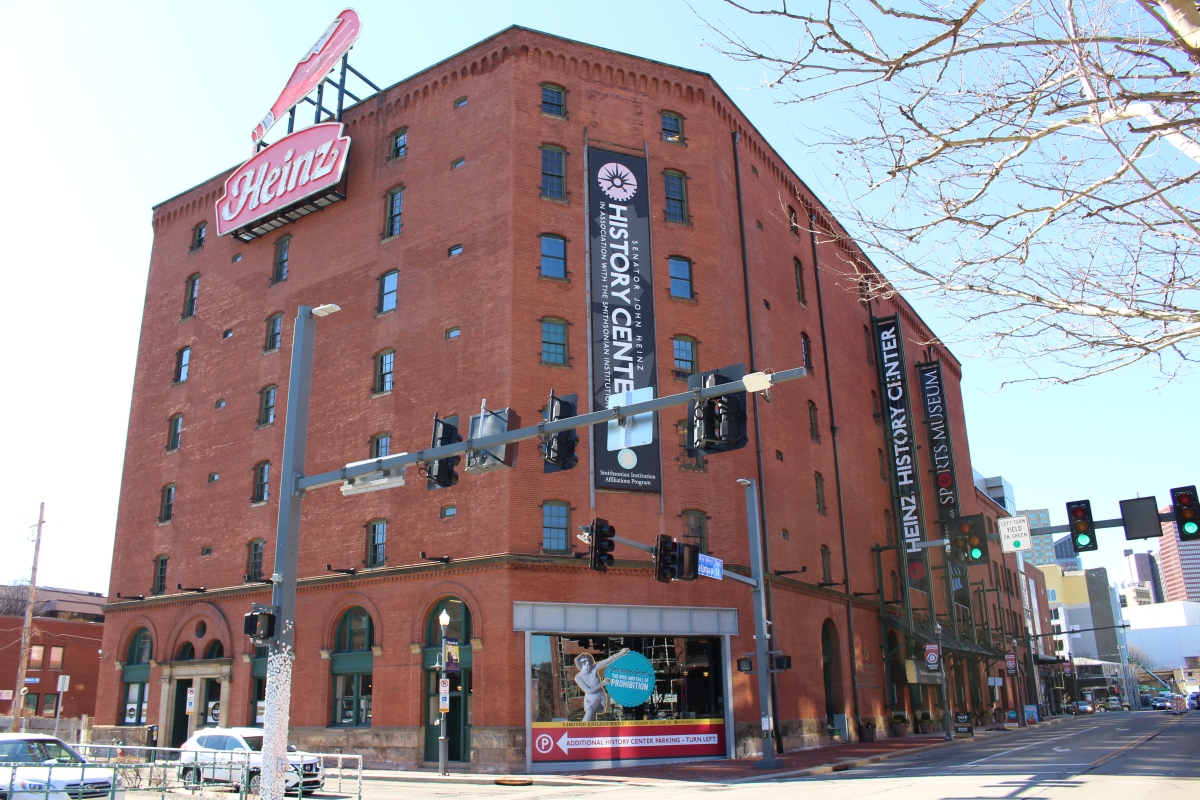
Senator John Heinz History Center
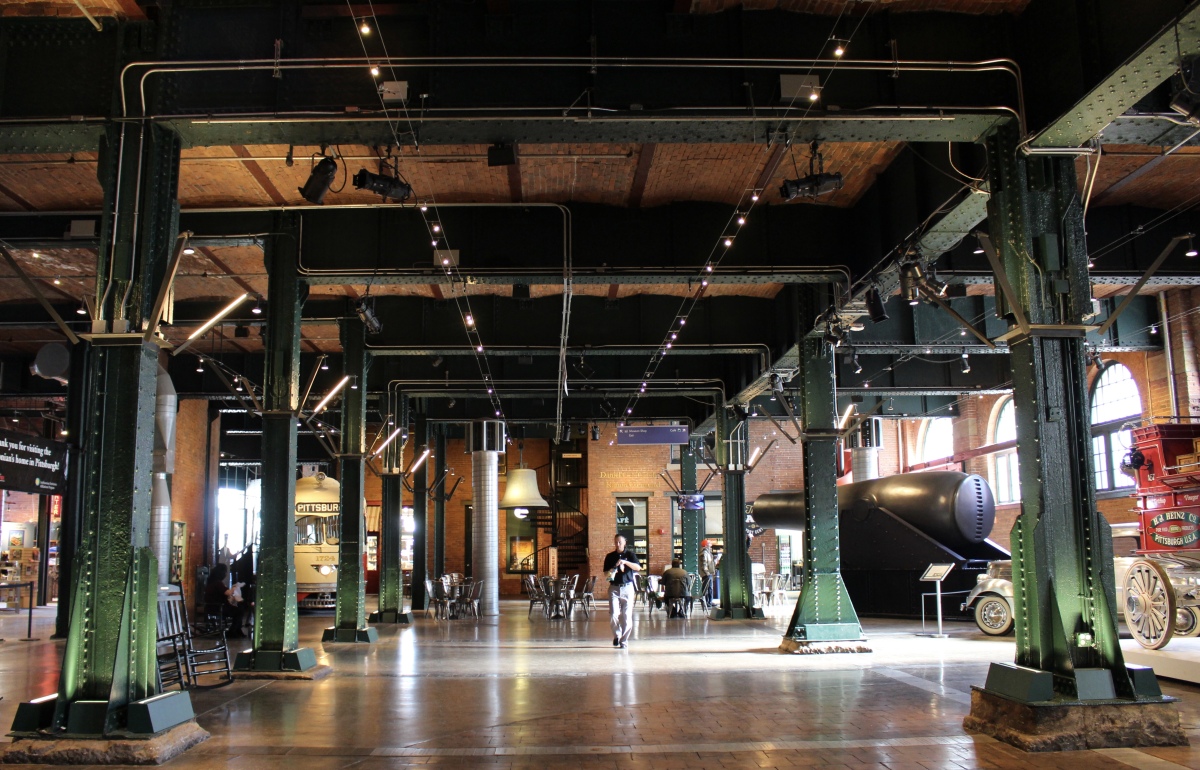
inside the Heinz History Center
We learned all about the “constitutional hiccup” of Prohibition from 1920-1933. Fascinating displays covered bootleggers and temperance workers, flappers and suffragists. Temperance workers were appalled by what was happening to Americans who were drinking themselves to death, so “saloon busters” met outside of saloons to kneel and pray. Evangelists for temperance preached, leading Baptists to succeed in their attempts to pass the 18th constitutional amendment. Americans started drinking less, at least for the first few years. To meet the bottomless demand, bootleggers cropped up everywhere. They benefited from unintended consequences: men and women drank together in well-stocked speakeasies; people came to disrespect the law due to government corruption; and illegal behavior cropped up everywhere. Power barons went beyond bootlegging to racketeering and illegal lotteries. The automobile brought freedom to people, as registered drivers jumped from 8 to 23 million.
Signs told of the devastation alcohol wreaked on families. I learned that it took a mighty effort to repeal the 18th amendment, as no constitutional amendment had ever been repealed. The eventual repeal came about because of The Great Depression, which caused income tax revenues to plummet as unemployment rose. Congress became desperate for revenue, which a tax on alcohol would create.
I feel much the same way today about Prohibition as I do about legalizing drugs, especially marijuana. People are going to do whatever they’re going to do, so why prohibit it? Why not eliminate drug crime and violent gangs by putting drugs under government control and taxing it to raise revenues for social services?
The Heinz exhibit was wonderfully engaging. A larger-than-life, 11-foot ketchup bottle composed of more than 400 individual bottles sits alongside a display of more than 100 historic bottles that shows the evolution of Heinz products and packaging. Video loops of vintage Heinz TV ads run from around the world. In one ad, a little girl pounds on the ketchup bottle to get the last drop out. I remember doing that as a child.
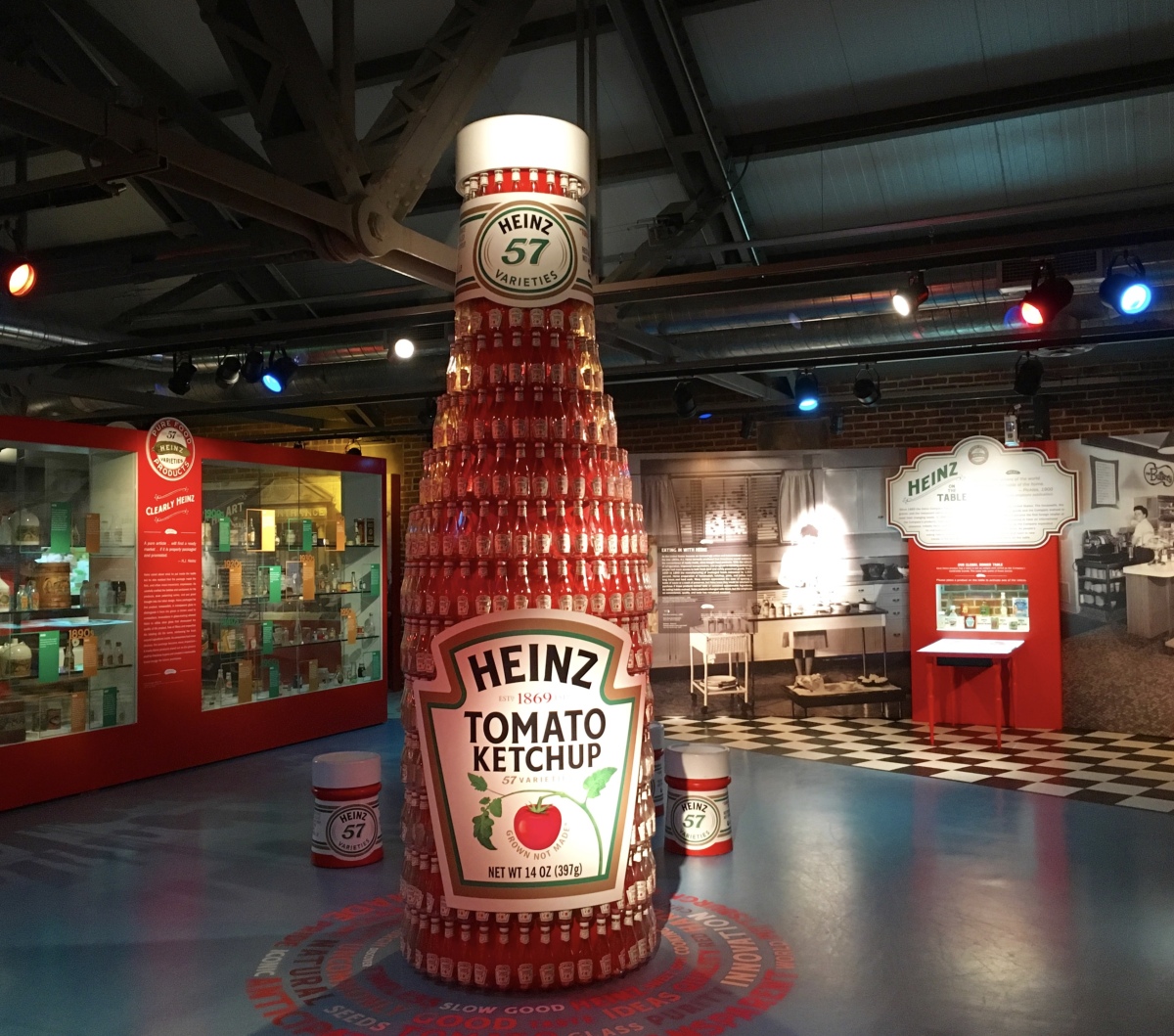
The Heinz exhibition
H.J. Heinz grew vegetables and canned them in his mother’s kitchen. First, he grated horseradish and packaged it. Then he made pickles. Ketchup originally referred to a thin, brown sauce made from walnuts, anchovies, or mushrooms that had been fermented with vinegar and spices.
Eventually, the Heinz company expanded and controlled each step of the operation from cultivating its own tomato and cucumber seeds, to making glass bottles, to delivering the products. The company catered to households that took advantage of ready-made, store-bought food products. Heinz convenience foods such as soup and baked beans provided quick meals.
The “57” trademark of Heinz came about when H.J. Heinz spotted a sign advertising “21 Styles of Shoes” and decided to market Heinz products in the same way. Even though the company bypassed 57 products, Heinz liked the way the number sounded and kept it.

Heinz 57
Restaurants with a signature Heinz Ketchup bottle on the tables were considered “quality establishments.”
We enjoyed so many exhibits at this wonderful museum, including the one on Mister Rogers’ Neighborhood, old Gulf gas station pumps, beer bottles and cans, old bicycles, toys and dollhouses, packaged Halloween costumes, Flexible Flyer sleds, View-Masters, and even sewing machines, much like the Singer on which my grandmother taught me to sew. A photo of Barbara Feldon, a Pittsburgh native, who played Agent 99, took us back to the 1960s sitcom Get Smart.
Ethnic exhibits included clothing, household items and collectibles from Polish, Slovak, Slovenian, and Irish immigrants. A funerary collection took us back to the day when visitations were done in homes rather than funeral homes, back before we distanced ourselves from death.
One display told the history of the Pennsylvania Turnpike and how it eased automobile travel over the formidable barrier of the Allegheny Mountains. Dioramas showed kitchens and living rooms from the 1950s and 1960s, the decades during which consumerism grew as manufacturers created time-saving devices such as Westinghouse refrigerators and stoves, ALCOA Wear-Ever utensils and Heinz baby food. Leisure businesses grew. Finally, one exhibit showed how Pittsburgh, which was once the “smoky city,” reinvented itself through environmental and public health movements.
The overlap between history and everyday life was all too evident in this museum. The huge battle over Prohibition is a precursor to the current battle over drug legalization. The same issues are at stake: public health and safety, rampant crime and violence, and overcrowded prisons. It seems we should learn our lessons from that previous constitutional blunder, and try to solve the problem using education and public health programs.
Kraft merged with Heinz in 2015 to become the fifth largest food company in the world. It still puts food on our shelves: Heinz tomato ketchup, soups, barbecue sauces, canned pastas, and pickles. Through much evolution, the company has served a niche convenience market. However, today people are moving away from that model and moving back to natural ingredients, farm to table, rather than food that a middleman has altered to be virtually unrecognizable.
The numerous immigrant communities have become a vital part of Pittsburgh’s identity and have contributed through their blood, sweat and tears to industry’s growth in the U.S. They’ve also left their mark in art, entertainment and food.
The toys and household items from the 1950s and 1960s are things I recognize and played with as a child, so they hold fond memories. Everything was made for convenience in those days. Below, packaged Halloween costumes were displayed in the museum; beside this is a photo from 1962, when I wore a packaged Pinocchio costume and my sister wore a knight costume that my mother made.
Nowadays, we can still find packaged costumes, but years ago, I was sometimes in the mood to be a little more creative with my sons’ costumes.
Current generations may find these items quaint and useless, I’m sure, and when the Baby Boomer generation dies off, I hope these items will remind future generations that we actually used to play with toys other than our phones.
************************
“PROSE” INVITATION: I invite you to write a 700 to 1,000-word post on your own blog about a recently visited particular destination (not journeys in general). Concentrate on any intention you set for your prose. In this case, I tried to meet some of my intentions: discovering the overlap between history and everyday life, finding the essence of a place, and telling what is surprising about a location. (I don’t recommend setting this many intentions! For my next journey, I hope to simplify.)
You can either set your own writing intentions, or use one of the prompts I’ve listed on this page: writing prompts: prose & poetry. (This page is a work in process.) You can also include photos, of course.
Include the link in the comments below by Monday, May 21 at 1:00 p.m. EST. When I write my post in response to this challenge on Tuesday, May 22, I’ll include your links in that post. My next post will continue with more about our time in Pittsburgh, and, again, I’ll be using the same intentions.
This will be an ongoing invitation. Feel free to jump in at any time.
I hope you’ll join in our community. I look forward to reading your posts!








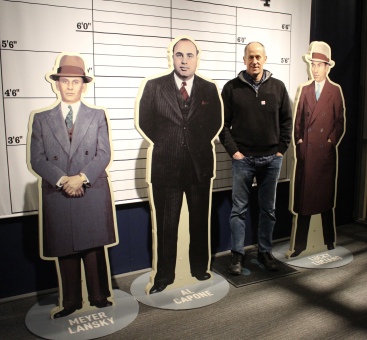









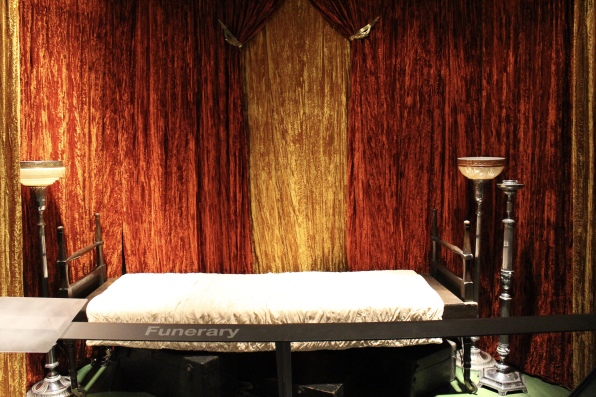







I find the whole Prohibition period extraordinary, Cathy, and it’s well documented here. Love the American Spirits poster 🙂 🙂 And like Pauline’s post on the mansion at Tenterfield, it’s a bit disconcerting to find things in museums that you might have played with. Happy travels, darlin! Alone again but enjoying it, I hope.
LikeLike
It was a fascinating and informative exhibit, Jo, and I found I learned things about Prohibition I didn’t know, even as an American who should know about this part of our history. As for the playthings, I guess it can be disconcerting, as the exhibit points out we’re so advanced in age that our playthings are now in museums! I didn’t think of it that way though; I find these things sweet reminders of childhood that take me down memory lane. So funny how you brought to mind another aspect of this.
Mike took off to drive to Phoenix yesterday morning and his flight from Phoenix to Chicago was delayed on the runway for over an hour, causing him to miss his connecting flight and thus he arrived home, I think, maybe just an hour ago! I’m sure he’s not happy about that, as he needs to return to work today on no sleep! As for me, I’m fine continuing on, though it’s not as much fun without him. I still had a good day exploring the old Route 66 in Arizona and the Petrified Forest National Park, which I’ll return to today for more hiking. I feel like I’m in a different culture altogether from the East Coast!
LikeLike
Poor Mike! The frustrations of travel. No sympathetic employer who’ll let him have a half day, or is he self employed? 😦
LikeLike
He ended up arriving home at 6 am, not happy at all. He showered and went directly to work, but then came home at about 2:00 pm to rest!
LikeLiked by 1 person
I enjoyed your Pittsburgh adventures and the virtual tour. I like the way you use the items in the museum to tell the stories of social history. It’s a really good idea. I often go to weird places like this but had never thought to write a blog post about them. You have inspired me – hopefully I’ll get to it over the next week.
LikeLike
Thanks so much, Suzanne. I love weird and quirky exhibits such as these. I’d love to read about other places like this, so if you write a post about one, please be sure to link it up. I’m still traveling for another 10 days, so don’t have time to read other blogs now unless they’re linked. Will catch up after I return home. 😊
LikeLike
Enjoy your travels Cathy. I am really enjoying reading your tales of quirky places. They make me more aware of the quirkiness that I stumble across in my travels around my own area. If I get around to writing something I will link to your site.
LikeLike
Thanks so much, Suzanne. I love finding quirky things and just this morning got caught up in Holbrook, AZ taking pictures of decrepit and defunct signs along the now closed but legendary Route 66!
I can’t wait to see what you write about.
LikeLike
Wonderful. I’ve seen tv shows of people driving it. It looks so photogenic. I will look out for your post.
LikeLike
At least in this area through Arizona, only bits of the old road are still open. They removed bridges along the road so people would quit driving it as many people were getting killed on it. Some of the old hotels, restaurants and gas stations on the open sections have been renovated, but many of them sit abandoned in disrepair, covered in graffiti. Once the government built I-40, the businesses along the still-open sections of Route 66 has to reinvent themselves or go under. It’s strange and sad to see.
LikeLike
It would be weird. I think I have seen some footage from those bits. Some guy drove to the bits that were still driveable and found people still living there. It was an odd TV show – very sad as you say. Take care out there!
LikeLike
Thanks Suzanne!
LikeLike
What an amazing museum I could spend hours looking around as I’m sure you did too Cathy. Those photos of the lounge and kitchen from the 50’s really brought back memories. And I chuckled about your Airbnb experience. Don’t want that to happen too often.
LikeLike
This was one of the most fascinating museums I’ve had the pleasure to visit, Pauline, and that’s saying a lot because I’ve been to many wonderful museums! I agree that the lounge and kitchen set-ups really take one back to those days from the 50s and 60s!
I have to admit, we were freaking out a bit about that Airbnb lock-in!! We were ready to break out through the screen window to the deck; luckily there was a deck because we were on the third floor. I didn’t like that feeling of being imprisoned at all. 😊
LikeLiked by 1 person
Especially scary if the area is a bit rough. We’ve been lucky with our stays always had good experiences. Thank goodness
LikeLiked by 1 person
What an interesting museum this is, and it sounds like you could easily spend a few hours here. Heinz is a major brand here too. Lucky you were able to extricate yourselves from your accommodation. 🙂
LikeLike
Thanks Carol. We really loved this museum! Heinz is everywhere, but it seems its products have dwindled down over the years as many people are eating fresh foods these days. I’m so glad we got out of our Airbnb. It did give us a bit of frustration!
LikeLiked by 1 person
That museum sounds right up my street. I remember visiting one near Amsterdam once which was the history of Albert Hejin, their major supermarket chain. Sounds dull, but there was so much social history in it. Glad you escaped from your apartment. Friends of mine locked themselves in between the apartment door and the main door on the day they were leaving. They’d left the key inside as instructed but forgotten they’d locked the external door with a key not just the Yale. Took hours to get out and missed their flights! So could be worse.
LikeLike
That Albert Hejin history sounds interesting. I actually enjoy social history, and more recent history (20th century), more than I do that of royalty over the ages or ancient history, Anabel.
I can’t believe that story about your friends locking themselves between the apartment door and main door. That is something I dread when traveling, losing an important key, or money, my phone or camera. I always have to double check I have all of those things when I move from place to place!
LikeLike
Me too! I obsessively check. It was over new year so maybe they had been celebrating to the extent that they weren’t so attentive …
LikeLiked by 1 person
A great post, navigating between social and personal history beautifully. I loved you and the ketchup bottle and you and your Halloween photos. I had no idea a prohibition amendment to the constitution had been passed. You balance discursive writing and lists in an intricate juggle, without making the whole thing too exhaustive. I was in a museum this morning and have just reread this and Jo’s Vindolanda one for clues about writing the visit effectively.
(My worst AirBnB experience was a key that wasn’t guaranteed to work. One of us had to stay in to let the other one in after an excursion. And once I locked one suitcase inside after I’d
relinquished the key on departure day. I’m just about to head off for one night in keyless apartment accessed by code only – that gives me the creeps!)
LikeLike
Thanks so much, Meg. This is embarrassing but I didn’t know about the constitutional amendment either. If I learned it in school I certainly forgot it! So I gained knowledge while visiting the museum.
I’m glad the post didn’t seem too overwhelming. I worried I was trying to do too much in my intentions. I really do want to simplify and condense further. It was a rather different thing to make connections between history and the present, and I wasn’t really sure how to go about it, but Pittsburgh seemed to lend itself well to that. I want to keep pushing myself in varied directions. It’s fun to challenge myself. 😊
Your key experience in your Airbnb sounds frustrating and annoying! I’ve actually found the code entries to work quite well, so I hope it works well for you. I like it better than having to juggle another key 🔑.
LikeLike
It didn’t feel as if it was difficult to make the links between past and present, a knack I envy.
No code problems, and this form of entry freed me up to arrive at whim.
LikeLiked by 1 person
Thanks for that, Meg. I’m glad you got in with no problem.
LikeLike
Seems like a fun tour. I doubt anyone would dedicate that much time to a mustard exhibit, maybe I’m wrong.
LikeLike
I was surprised and fascinated by the Heinz exhibit and I don’t even like ketchup. I wish I could find one on mustard; I like that much better!
LikeLike
Another fascinating museum and wonderfully written piece Cathy. Glad you got out of the apartment in the end, that must have been worrying! Hope you are having fun on the road.
LikeLike
Thanks, Jude. Yes, still having fun although feeling a bit guilty because Mike had to go back to work and had a horrible flight home due to storms in Chicago and D.C. I’m heading to Canyon de Chelly for the day tomorrow! 😊
LikeLiked by 1 person
He’ll be able to join you on your adventures once he retires. I am sure you will have lots of plans 😀
LikeLike
Oh, you know I do, Jude. 😊 He hopes to do some consulting part time, so if he can get that set up, he still may be somewhat limited. I’m still pushing for a trailer/RV and a small apartment in Europe somewhere, but I doubt we can afford it unless we sell our house, which I’d do in a heartbeat but Mike isn’t so willing to do.
LikeLike
A house is just a house. Maybe you could persuade him to buy a small apartment in the US as a base and just rent in Europe. My son is looking at long-term rentals in Spain for around €700 a month.
LikeLiked by 1 person
That is another possibility I’ve pitched to him, Jude!
LikeLiked by 1 person
Heehee… between us we will wear him down 😉
LikeLike
So funny. He does read comments on the blog, so I’m sure he’s getting the hints!
LikeLiked by 1 person
Hi Mike!!
LikeLiked by 1 person
Hi Cathy, Jo of Jo’s Monday Walk suggested this would work for your prose challenge. I hope this is the right place to post the link. https://beinginnatureblog.wordpress.com/2018/05/17/standing-vertical-in-the-storm/
LikeLike
It’s wonderful for either prose or photography. I’ll post it on prose of May 22, unless you prefer photography of June 7. This is a beautifully written piece, Suzanne!
LikeLiked by 1 person
Hi Cathy, please link it to the prose section for I may get another group of photos ready for the photography challenge. I have been tossing around ideas since I read your piece on China.
LikeLike
Great! It’s already done. I don’t know why but when I first read your comment and link, I thought you wanted it in photography, but I obviously didn’t read very carefully. I think it fits best with prose, as it’s so well-written. 😊
LikeLiked by 1 person
Thank you. I’m glad you like it. 🙂
LikeLiked by 1 person
[…] adding this post to Cathy’s collection of Prose, over at Wander.essence. I hoped to give you a flavour of life on the bottom rung of the Roman Empire. Not always a […]
LikeLike
Almost forgot to leave you a link! 🙂 🙂
https://restlessjo.me/2018/05/17/the-roman-army-museum/
LikeLike
Thanks, Jo! I’ve linked you up. I love this!
LikeLiked by 2 people